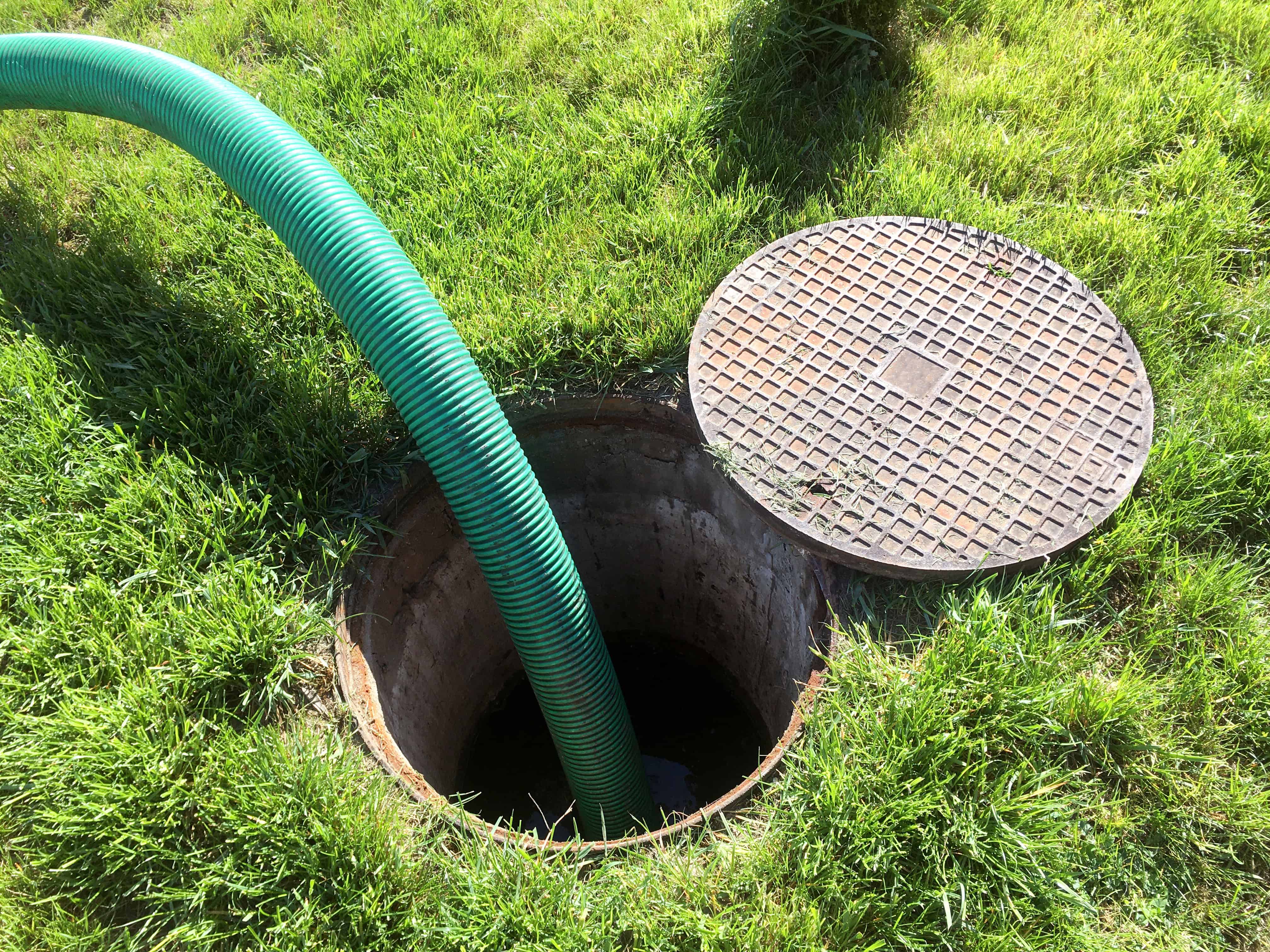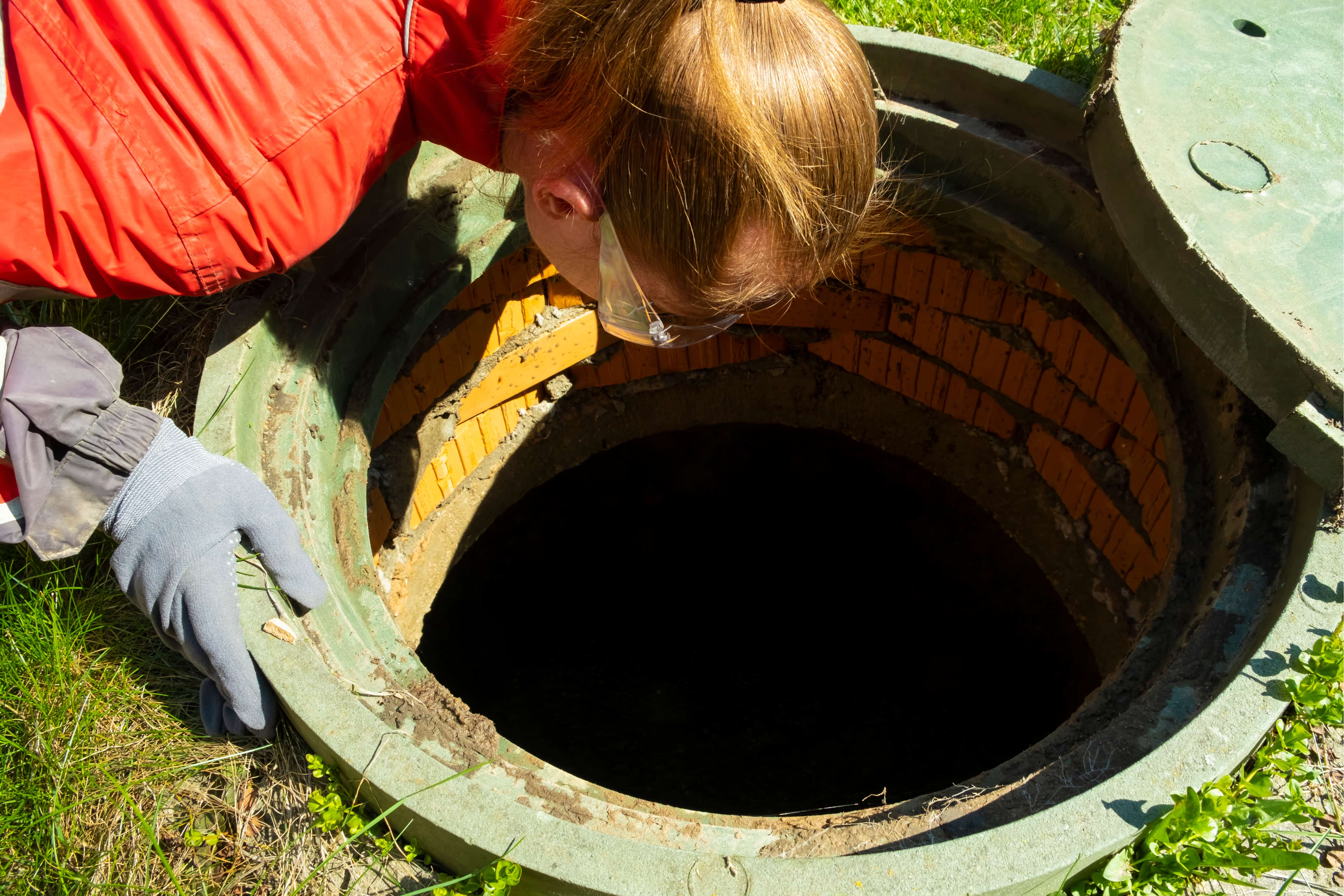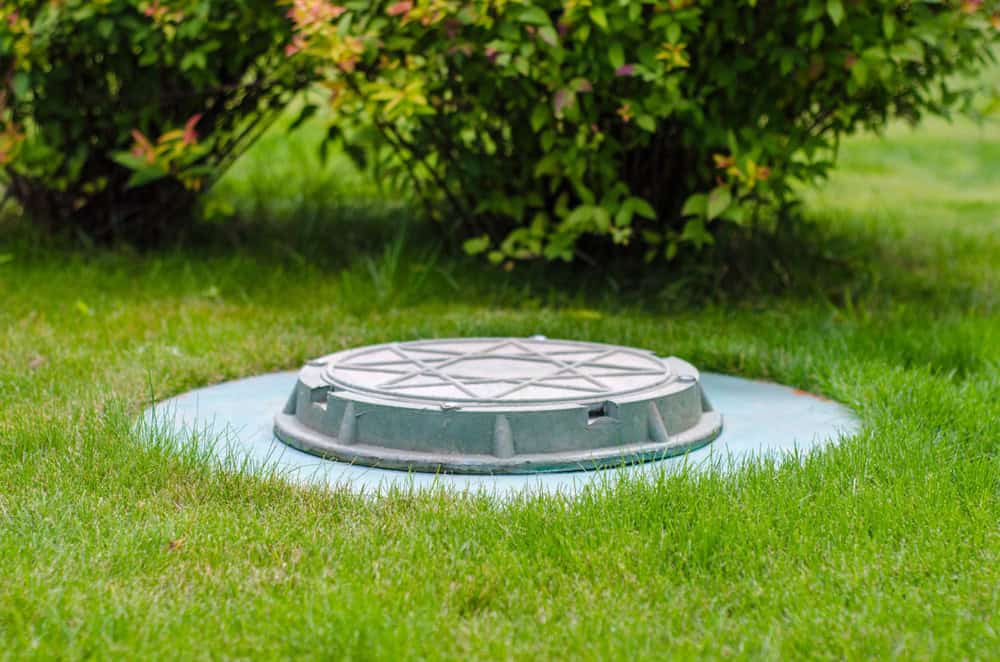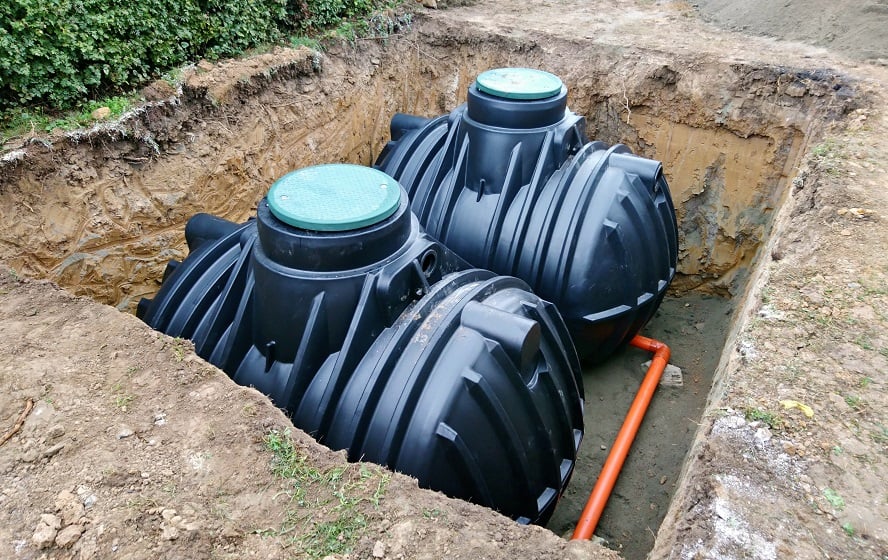Summary:
How Often Should You Pump Your Septic Tank
Household septic tanks are typically pumped every three to five years. But that’s not a one-size-fits-all answer. Multiple factors contribute to pumping frequency including household size – the more people that produce waste in your home, the more frequently you may need to consider pumping septic tanks on your property.
MassDEP recommends that systems be pumped at least once every 3 years for homes not having a garbage disposal. If the home’s system has a garbage disposal, it should be pumped every year. The reality is that your specific situation determines your schedule more than any general guideline. Contact us today to get your septic tank pumped with our services.
Factors That Determine Your Pumping Schedule
Your septic tank isn’t just sitting there doing nothing. It’s constantly processing waste, and several factors affect how quickly it fills up. The size of your household plays a significant role in determining how often you need to pump your septic tank. Larger families generate more waste and consume more water, which can cause the tank to fill up faster, requiring more frequent pumping.
Tank size matters too. Larger tanks generally require pumping less often, while smaller tanks need to be pumped more frequently due to limited capacity. The average sized septic tank for a single-family home is 1,000 gallons, which is sufficient for a household capacity of 3 bedrooms with 2 people per bedroom.
Water usage habits significantly impact your pumping needs. The average indoor water use in a typical single-family home can be as much as 70 gallons per individual, per day. Just a single leaky or running toilet can add as much as 200 gallons of water per day. All the water a household sends down its pipes ends up in its septic system. The more water a household conserves, the less water enters the septic system.
What you put down your drains also affects pumping frequency. Using an in-sink garbage disposal unit can impact how often you need to pump your septic tank. Food waste usually is slowly digested by the healthy bacteria in your septic tank and can accumulate as scum and sludge. If you must use a garbage disposal unit, your tank will need to be pumped more frequently.
Warning Signs Your Tank Needs Immediate Attention
Don’t wait for a calendar reminder to check on your septic system. Your home will give you warning signs when things aren’t working properly. Signs of a full septic tank include slow drains, foul odors, and standing water around the drain field. If you notice these issues, schedule a pumping as soon as possible to prevent system backups and failures.
Cesspool pumping may be needed if you notice a strong odor in the area or see puddles forming nearby caused by water seeping out. This may also mean the cesspool is at risk of failing and an indication that it is time to call highly-trained cesspool professionals.
Early signs of hydraulic failure are gurgling drains, a circle of lawn that is always soggy, and more green than the rest of the yard. In winter these areas may take longer for snow to accumulate as the warm wastewater just below the surface melts the falling snow.
If the sludge is more than one-third full, it’s time to pump your septic tank! This requires professional assessment, but understanding these warning signs helps you act before a small problem becomes a major disaster.
The key is not waiting until you see these symptoms. The best way to avoid septic problems is simply proper maintenance. Failure to do regular maintenance can be a very big problem in the long run.
The Real Cost of Neglecting Septic Tank Maintenance
Let’s talk about what happens when you skip regular pumping. It’s not just about bad smells or slow drains. When septic tank maintenance is neglected, this system is sure to fail. Septic system failure can be a threat to your family. Remember that the price for failure is steep and it’ll cost thousands of dollars to have your system replaced.
Aging cesspools can “catastrophically fail,” which often results in a large sewage filled sinkhole in the yard which people and pets can fall into. This isn’t just expensive to fix—it’s dangerous for your family and neighbors.
Environmental and Health Hazards of System Failure
The environmental impact of septic system failure on Long Island is serious and well-documented. The most serious documented problems involve contamination of surface waters and ground water with disease-causing pathogens and nitrates. A failing septic system likely discharges untreated wastewater, which contains pathogens (e.g., E. coli), nutrients and other harmful substances directly into the groundwater or onto the ground and into surface waters. Surfacing untreated wastewater from a failed drainfield is a direct public health hazard to anyone exposed to it.
Even when working properly, traditional Long Island cesspools and septic systems are not designed to keep reactive nitrogen from entering groundwater aquifers. As waste water flows through the ground, the nitrogen from urine and other wastewater content is typically converted to nitrate, which is reactive. Nitrate travels through the ground water until it eventually flows to surface waters or drinking water wells.
Nitrogen pollution in Long Island’s aquifers rose by 200% between 1987 and 2005. This isn’t just an environmental issue—it affects drinking water quality and the health of local waterways that Long Island families depend on for recreation and fishing.
Many septic systems can fail at once when rain or storm surges submerge septic systems and/or elevate the water table. In addition to nitrogen pollution, failing septic systems release pathogens that are a direct threat to human health. Long Island’s high water table and strict environmental regulations make proper maintenance even more critical here than in other regions.
Financial Impact of Emergency Repairs vs Regular Maintenance
The math is simple when you compare regular maintenance costs to emergency repairs. A 1,000-gallon septic tank typically costs between $225 and $400 to pump, while a 2,000-gallon tank can range from $400 to $600 or more. Regular maintenance keeps costs predictable. Neglecting pumping can lead to higher fees due to additional labor required.
Compare that to system failure costs. On average, septic tank repairs cost $1,830 but they can range from $165 to $6,500. Septic tank repairs cost $600 to $3,000, on average, depending on the extent of the damage. And if you need complete system replacement, you’re looking at costs that can reach tens of thousands of dollars.
Hydraulic failures typically require the homeowner to pump their system several times per year. That’s not just expensive—it’s disruptive to your daily life and stressful for your family. Regular maintenance is cheaper than emergency repairs by a significant margin.
Routine septic tank inspections and pumping extend the life of the entire septic tank system and save money by reducing the likelihood of sewer overflows and costly repairs from negligence. Timely pumping helps save on expensive repairs and extends the lifespan of your septic system.
The financial benefits extend beyond just avoiding repairs. In some instances, installing proper septic systems has been shown to increase property values. When you maintain your system properly, you’re protecting one of your largest investments.
Protecting Your Long Island Home Through Professional Maintenance
Regular septic tank pumping isn’t just maintenance—it’s protection for your home, your family, and Long Island’s environment. Regular pumping prevents system failures and reduces the risk of costly repairs and replacements while contributing to a cleaner, healthier environment by reducing pollution risks.
The Environmental Protection Agency (EPA) and state health departments recommend pumping every 3 to 5 years, but your specific situation may require more frequent service. The investment in regular maintenance pays for itself many times over by preventing the expensive, disruptive, and potentially dangerous consequences of system failure.
When you need reliable septic tank pumping services on Long Island, we at Quality Cesspool bring decades of experience and a commitment to protecting both your home and the environment we all share.




